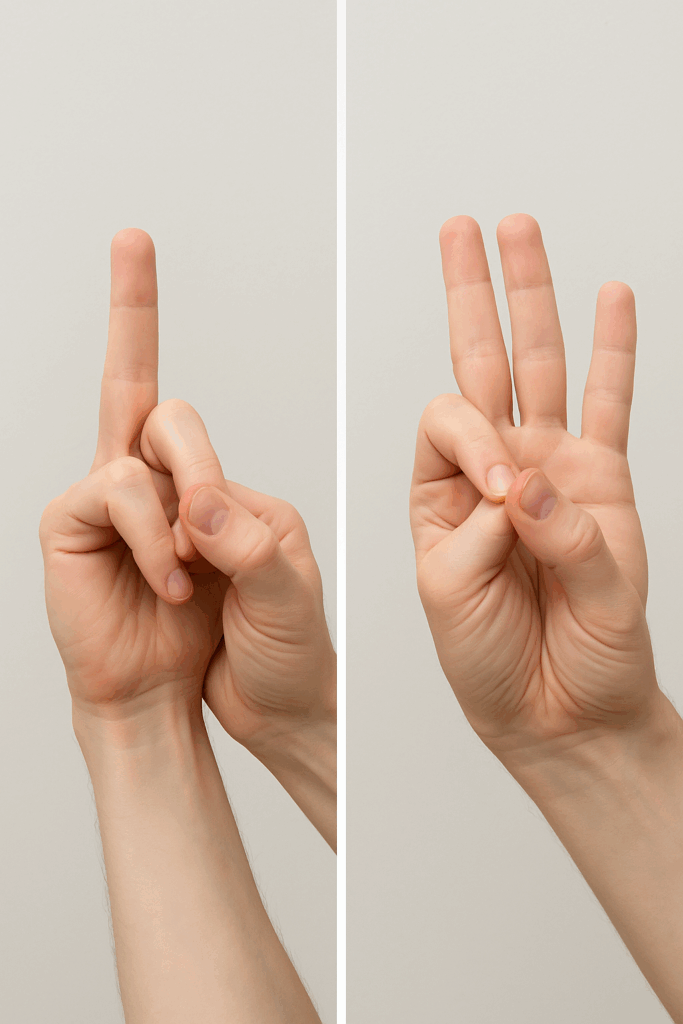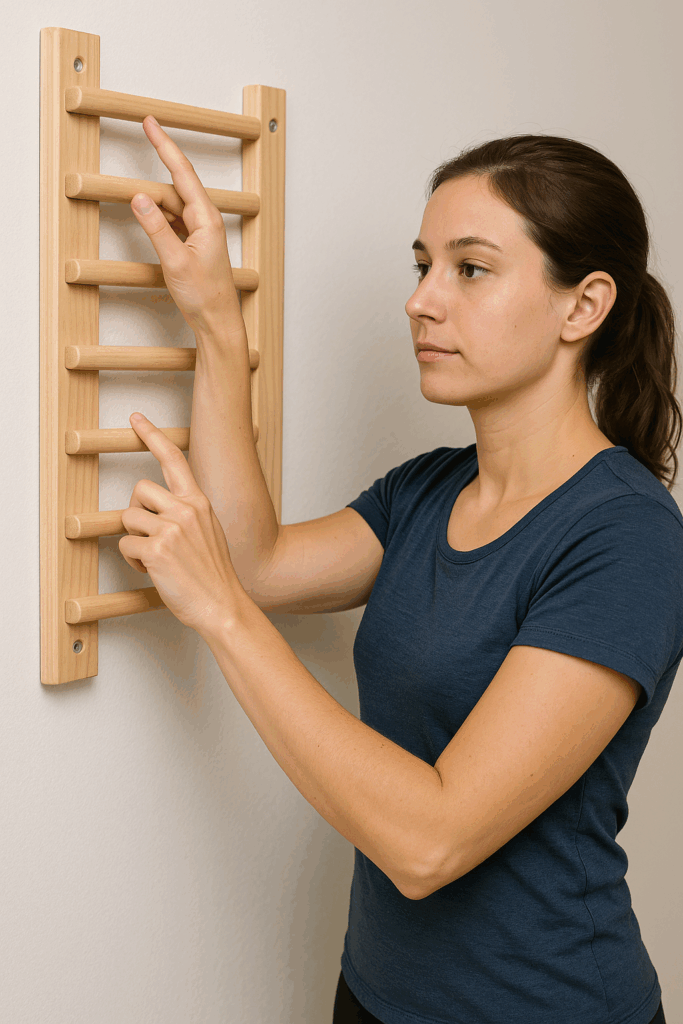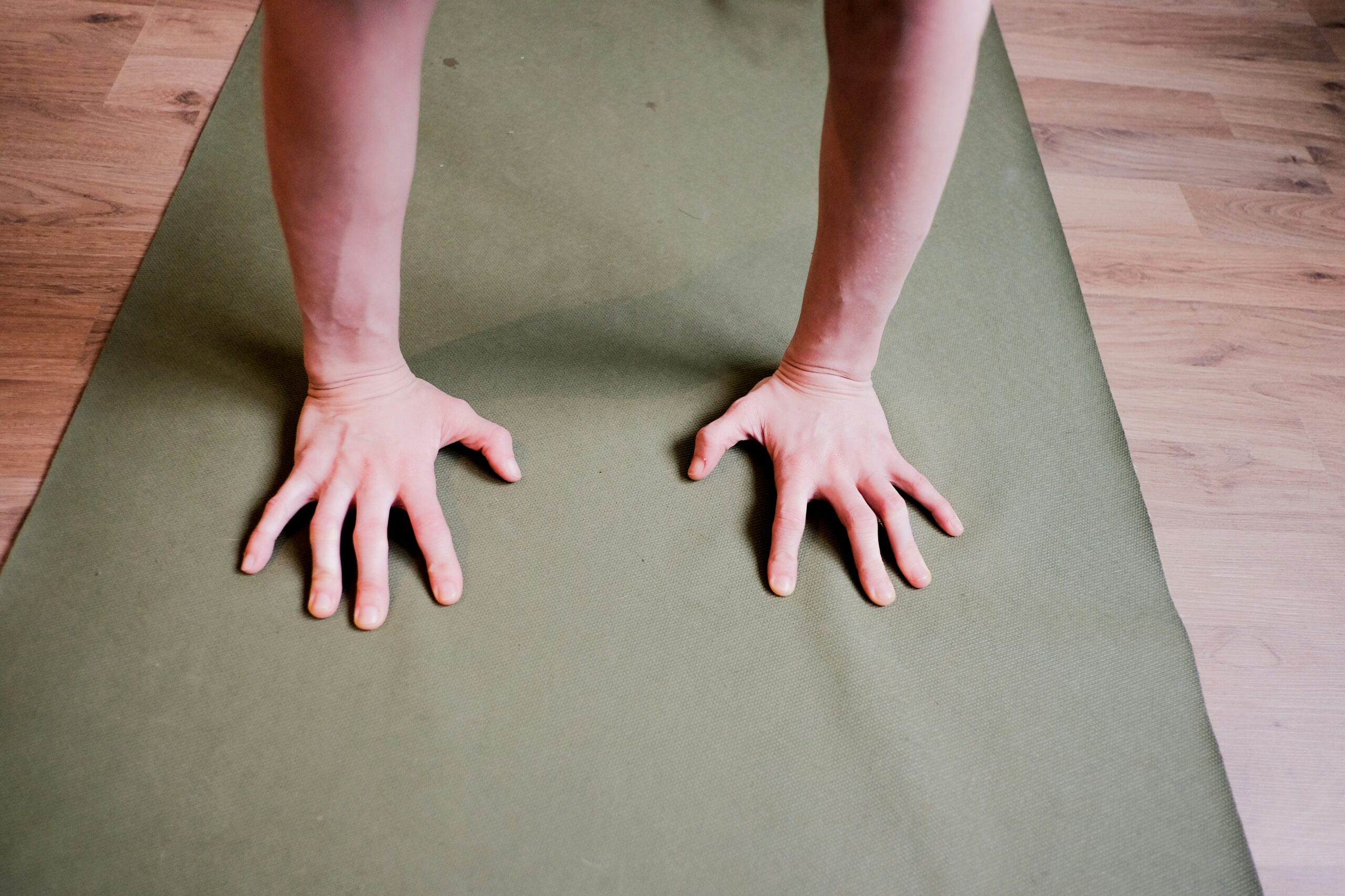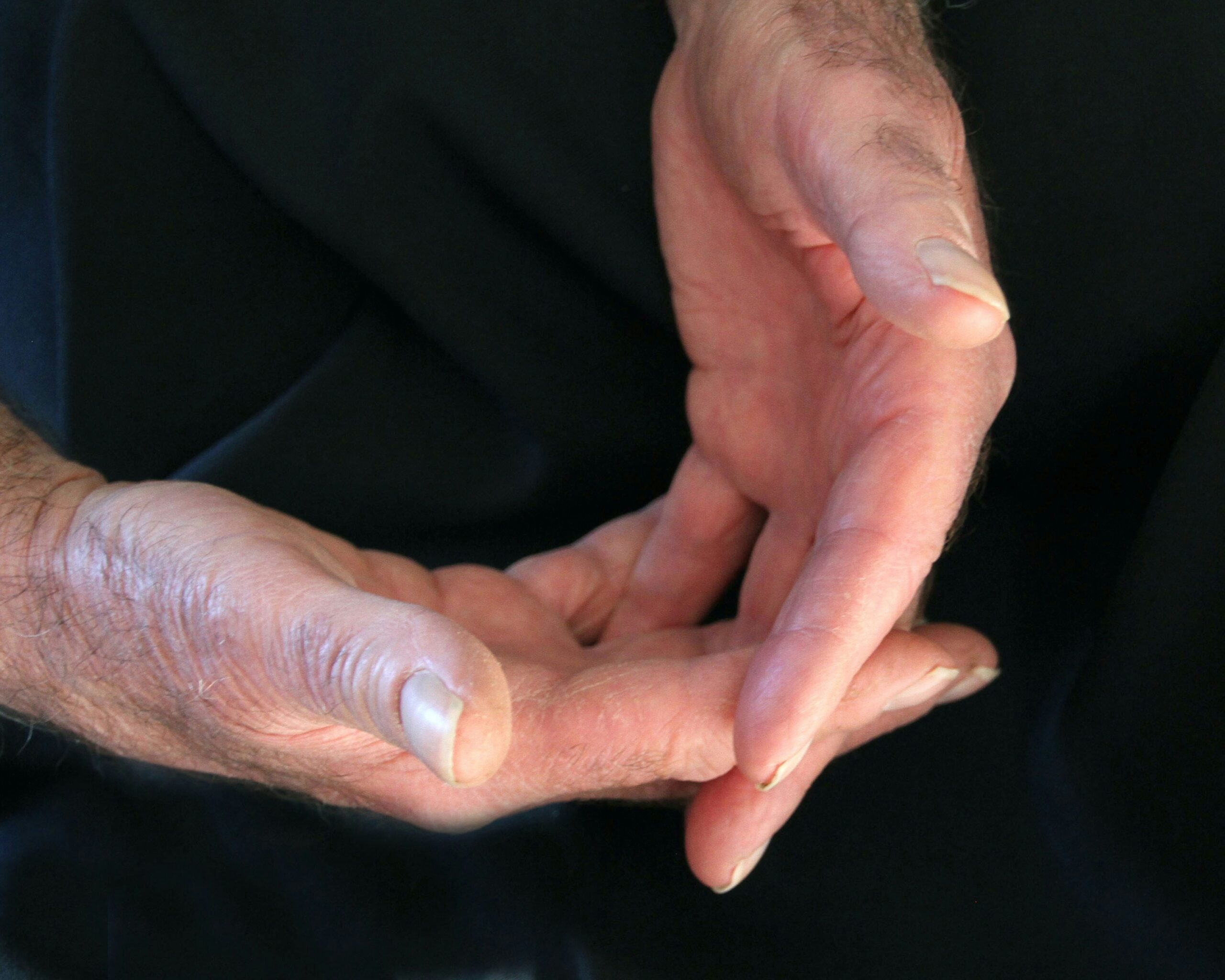Whether you’re a beginner guitarist struggling with chord changes or an experienced player aiming to speed up your solos, one thing is certain: your fingers need to be in top shape. Such as finger exercises for guitarists aren’t just warmups—they’re essential for improving speed, accuracy, dexterity, and overall performance. Such as in this guide, we’ll dive deep into the best finger exercises for guitar that will take your playing to the next level.
Why Finger Exercises Matter for Guitarists
Such as you wouldn’t run a marathon without stretching—and you shouldn’t play guitar without warming up your fingers. Finger strengthening exercises for guitarists help you:
- Increase finger independence
- Such as improve coordination between both hands
- Develop muscle memory
- Such as prevent injuries like tendonitis or carpal tunnel
- Enhance speed and precision
Such as these benefits are crucial whether you’re playing acoustic, electric, or bass guitar.
Before You Begin: Warm-Up Tips
Before jumping into guitar finger workouts, take 3–5 minutes to warm up your hands:
- Stretch your fingers: Such as gently pull each finger back and forth.
- Shake it out: Shake your hands like you’re flicking off water.
- Do circular wrist movements: Such as rotate your wrists to loosen tension.
- Practice open-hand finger taps: Tap each finger against your thumb in rapid succession.
Such as doing this helps reduce stiffness and prepares your muscles for the exercises ahead.
Finger Exercises for Guitarists:
1. The Chromatic Exercise (Spider Walk)

How to Do It:
- Such as start on the low E string (6th string), placing fingers 1, 2, 3, and 4 on frets 1, 2, 3, and 4 respectively.
- Pick each note individually using alternate picking (down-up-down-up).
- Move to the next string, repeating the process.
Such as continue this across all six strings and back.
Why It Works:
- Trains all four fingers to work independently
- Such as synchronizes both hands
- Increases guitar finger speed
Pro Tip: Such as practice this with a metronome. Start slow and increase tempo as you improve.
2. The “1-3, 2-4” Finger Stretch

Such as this exercise helps with stretching and flexibility—critical for barre chords and complex solos.
How to Do It:
- Place finger 1 on fret 5 of the G string.
- Such as skip fret 6, place finger 3 on fret 7.
- Do the same with finger 2 and finger 4 on the next string.
Why It Works:
- Such as builds finger independence
- Increases reach between non-adjacent fingers
Such as start slowly to avoid injury and always maintain good posture.
3. Finger Ladders

Such as a fun and rhythmic way to build speed and agility.
How to Do It:
- Play 1-2-3-4 on the high E string (frets 5 to 8).
- Such as then 2-3-4-1 on the B string.
- Then 3-4-1-2 on the G string.
- Then 4-1-2-3 on the D string.
- Such as continue the pattern across the fretboard.
Why It Works:
- Such as trains brain-finger coordination
- Great for alternate picking
- Improves left-hand strength and mobility
Pro Tip: Such as change the starting finger to keep your hand guessing.
4. String Skipping Finger Exercise
How to Do It:
- Start with 1-2-3-4 on the E string.
- Such as skip the A string and do 1-2-3-4 on the D string.
- Continue alternating skipped strings.
Why It Works:
- Such as improves picking accuracy
- Challenges your muscle memory and finger control
Add hammer-ons and pull-offs to take it to the next level.
5. Finger Independence Drill

Such as this one is more about control than speed.
How to Do It:
- Place all four fingers on adjacent frets (e.g., 5-6-7-8).
- Such as lift one finger at a time while the others stay firmly pressed.
- Repeat for each finger.
Why It Works:
- Such as isolates muscle control in each finger
- Great for eliminating “sticky” fingers that move together
Such as this is especially beneficial for classical or fingerstyle players.
Use a backing track or drum loop to simulate real-time tempo pressure.
Advanced Version:
Do the same exercise across two strings simultaneously (e.g., index and middle on G string, ring and pinky on B string) and lift alternately.
Focus:
Control, not speed. This is a mind-muscle connection exercise.
Bonus:Guitar Finger Strengthening Exercises
Such as these help build endurance and strength, especially if you’re not near your guitar.
Elastic Band Extensions
- Place a rubber band around your fingers and thumb
- Open your hand slowly and hold for 3 seconds
- Repeat 15–20 reps
Grip Trainer Squeezes
- Use a grip strengthener (10–30 lbs resistance)
- Squeeze and hold for 5 seconds
- Do 3 sets of 10
Stress Ball Crimping
- Use a firm rubber ball or tennis ball
- Squeeze with individual fingers
- Hold for 3 seconds each, repeat 3 rounds
These complement your on-guitar workouts, improving strength for barre chords, slides, and bends.
Weekly Practice Plan for Finger Exercises
| Skill Level | Daily Time | Weekly Goal |
|---|---|---|
| Beginner | 10–15 min | Build control and coordination |
| Intermediate | 20–25 min | Improve strength and accuracy |
| Advanced | 30+ min | Master speed and finger agility |
Pro Tip: Schedule finger exercises at the start of your session while your fingers are fresh.
Bonus: Finger Strength Exercises Off the Guitar
Here are a few off-the-fretboard techniques to try such as:
- Grip trainers: Use hand grippers to build finger and hand strength.
- Elastic bands: Place fingers inside a band and spread them outward.
- Ball squeeze: Squeeze a tennis ball or stress ball for 10–15 seconds at a time.
These exercises build guitar finger strength even when you’re away from your instrument.
Common Mistakes to Avoid
- Going too fast: Focus on clean execution, not speed.
- Poor posture: Sit up straight and relax your shoulders.
- Tension: If your hand starts to cramp, stop and stretch.
- Skipping warm-ups: Always prep your hands before intense workouts.
Final Thoughts: Master Your Craft, One Finger at a Time
Mastering the guitar isn’t just about learning new songs or buying expensive gear—it’s about improving your fundamental skills. Incorporating finger exercises for guitarists into your daily practice routine will not only make you a faster, cleaner player but also prevent injury and boost your confidence.
Stick with these techniques, and in just a few weeks, you’ll feel a noticeable improvement in your finger strength, dexterity, and speed. So grab your guitar, start slow, and work your way up. Your fingers—and your music—will thank you.
FAQs: Guitar Finger Exercises
Q:How long should I do finger exercises each day?
A: 10–30 minutes depending on your skill level and practice schedule.
Q: Can I do these exercises without a guitar?
A: Yes! Grip trainers and finger stretches are effective off the fretboard.
Q: Do these help with barre chords?
A: Such as absolutely. Strengthening your fingers improves barre pressure and endurance.
Q: How do I know if I’m improving?
A: Track your speed (BPM), finger independence, and smoothness of movement.



